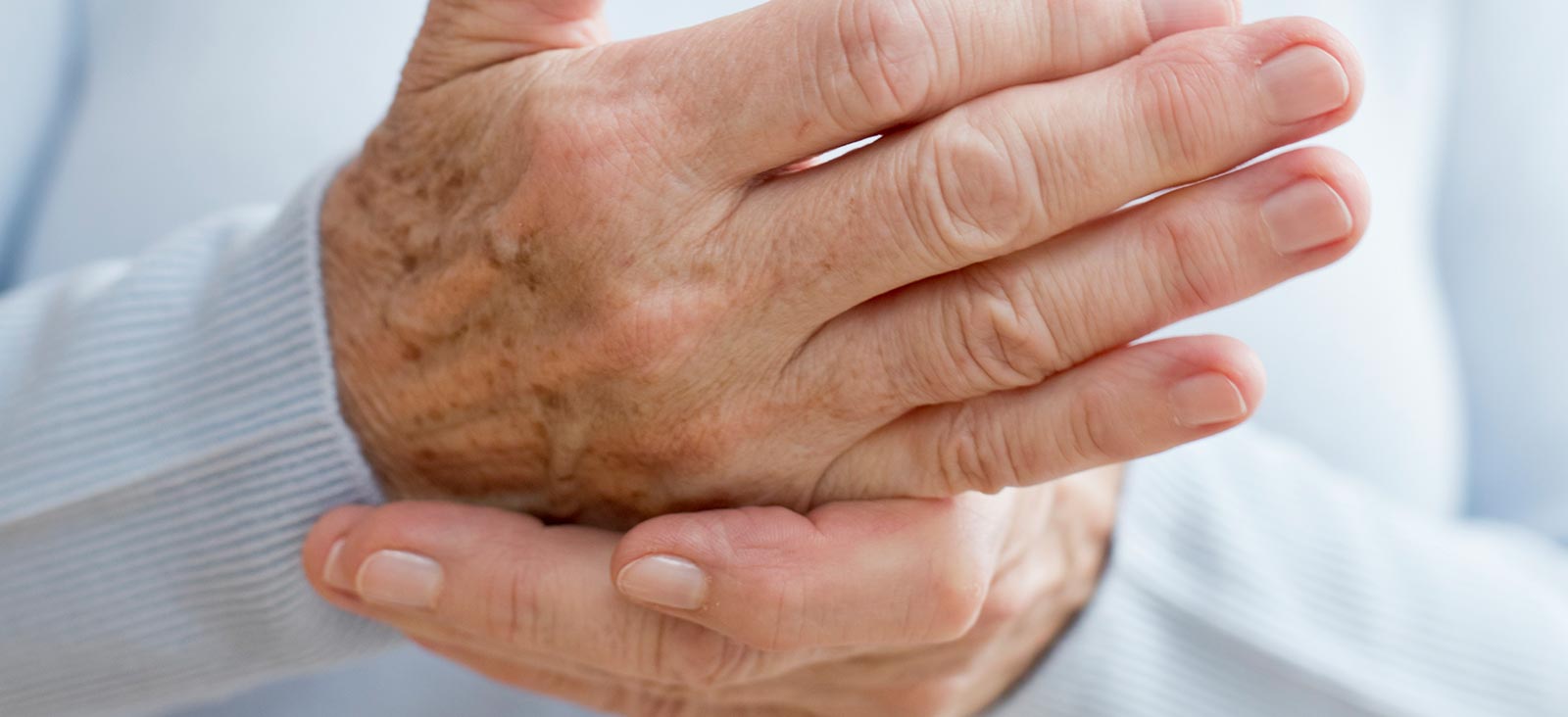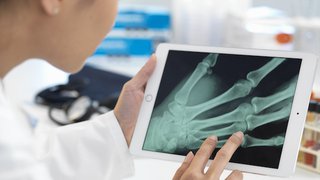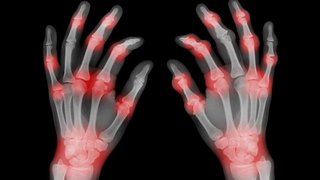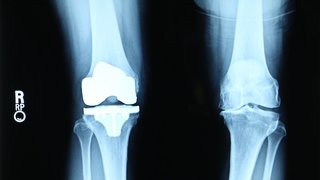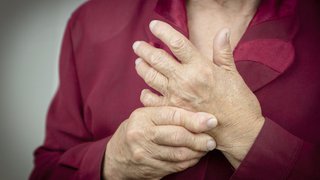Search for opportunities to participate in an arthritis or rheumatic diseases research study.
Arthritis
New Patient Appointment or 214-645-8300
MedBlog
Results: 8 Locations
Orthopaedic Surgery Clinic
at Outpatient Building 1801 Inwood Road, 1st FloorDallas, Texas 75390 214-645-3300 Directions to Orthopaedic Surgery Clinic at Outpatient Building, Dallas Parking Info for Orthopaedic Surgery Clinic
Orthopaedic and Sports Medicine Programs
at UT Southwestern Medical Center at Richardson/Plano 3030 Waterview Parkway, 1st FloorRichardson, Texas 75080 972-669-7179 Directions to Orthopaedic and Sports Medicine Programs at UT Southwestern Medical Center at Richardson/Plano, Richardson
Physical Medicine and Rehabilitation
at UT Southwestern Frisco 12500 Dallas Parkway, 1st FloorFrisco, Texas 75033 469-604-9130 Directions to Physical Medicine and Rehabilitation at UT Southwestern Frisco, Frisco Parking Info for Physical Medicine and Rehabilitation
Rheumatology
at UT Southwestern Medical Center at Park Cities 8611 Hillcrest Road, 2nd FloorDallas, Texas 75225 214-692-3145 Directions to Rheumatology at UT Southwestern Medical Center at Park Cities, Dallas Parking Info for Rheumatology
Rheumatology
at UT Southwestern Monty and Tex Moncrief Medical Center at Fort Worth 600 South Main Street, 2nd Floor, Suite 2.200Fort Worth, Texas 76104 817-882-2691 Directions to Rheumatology at UT Southwestern Monty and Tex Moncrief Medical Center at Fort Worth, Fort Worth Parking Info for Rheumatology
James W. Aston Ambulatory Care Center
5303 Harry Hines Blvd.Dallas, Texas 75390 214-645-8300 Directions to James W. Aston Ambulatory Care Center, Dallas Parking Info for James W. Aston Ambulatory Care Center
University Hospital Multidisciplinary Pain Clinic
at Seay Biomedical Building 2201 Inwood Road, 3rd Floor, NC3.140Dallas, Texas 75390 469-852-0110 Directions to University Hospital Multidisciplinary Pain Clinic at Seay Biomedical Building, Dallas Parking Info for University Hospital Multidisciplinary Pain Clinic
University Hospital Physical Medicine and Rehabilitation
at Charles Cameron Sprague Clinical Science Building 5161 Harry Hines Blvd., 1st Floor, Suite 104Dallas, Texas 75390 214-645-2080 Directions to University Hospital Physical Medicine and Rehabilitation at Charles Cameron Sprague Clinical Science Building, Dallas Parking Info for University Hospital Physical Medicine and Rehabilitation

